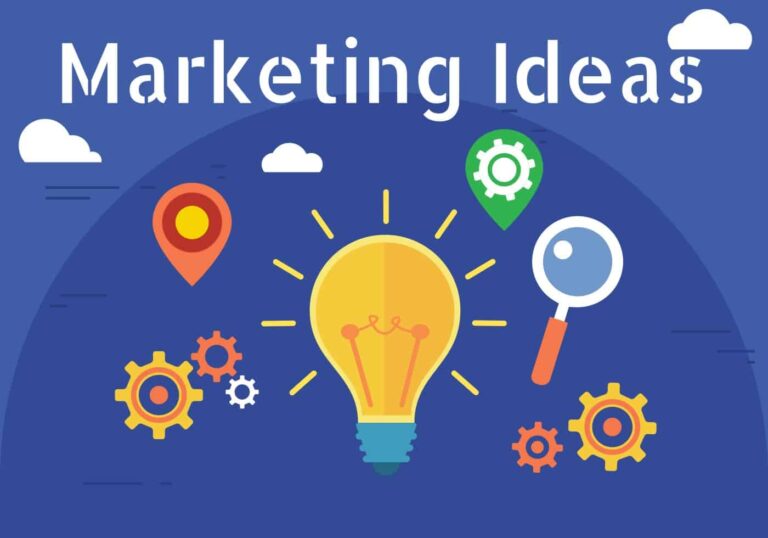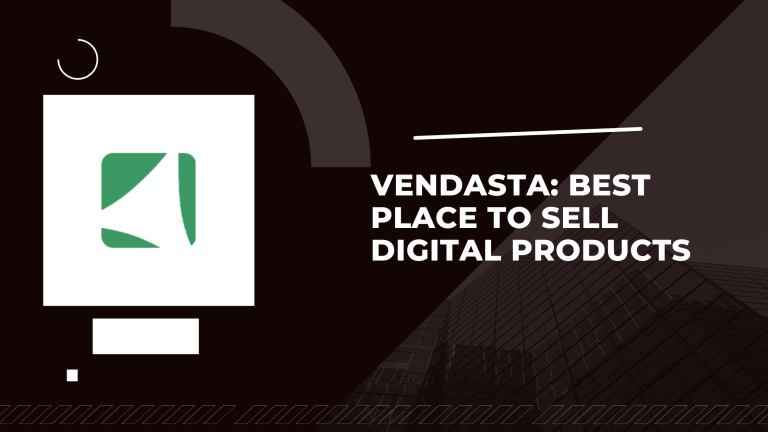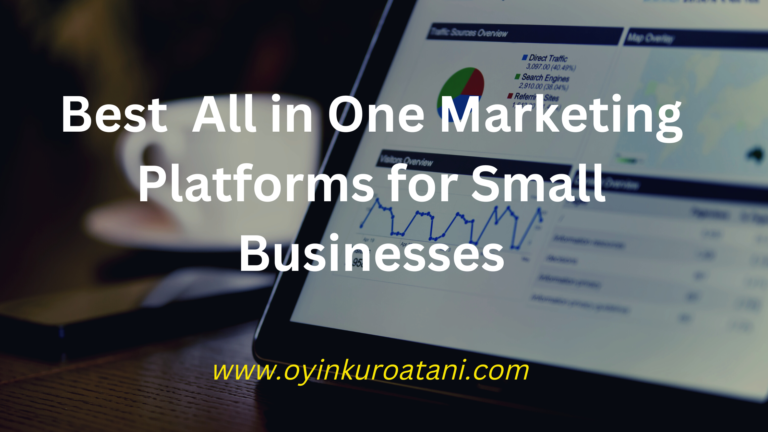The first thing you must do as an affiliate marketer is picking a strategy for marketing your affiliate products and one of such is paid traffic.
Paid traffic can be seen as a method of bringing visitors to your website or blog through the use of paid advertisements, promotions, or campaigns.
A variety of free and paid traffic sources are available to help you promote your service and earn money.
There are numerous paid traffic sources for affiliate marketing, therefore we looked into them all.
Knowing which paid traffic sources are best for your business is now easier after reading this article.
As a result, you’ll be well-prepared to start your own online marketing campaign and make money.
Before we get started, let’s clarify what paid traffic is exactly.
To what extent is paid traffic superior to free traffic in terms of results?
With paid traffic, you get faster results and you can be certain that just the right people will see your adverts if you get your targeting right.
It’s more difficult to predict organic traffic.
When it comes to increasing business growth, a mix of sponsored, Paid ads, and organic visits work best.
Use the high-quality traffic sources listed below to reach your objectives.
Paid Traffic Sources in Affiliate Marketing: The Top Ten Sources
Google AdWords (PPC)
In terms of pay-per-click advertising, Google Adwords is the world’s largest. It’s a Google advertising network that charges you based on how many clicks your website generates.
In spite of its high cost per click (CPC), Google Ads (previously known as AdWords) is one of the highest-paying advertising networks (cost per click). If you want your ad to appear at the top of search results, you must use Google Ads.
Google Ads’ enhanced audience targeting, device-based bid changes, and website retargeting allow you to get the most out of your advertising budget.
Pros
- According to surveys, Google is the most commonly visited website on the planet, handling 77% of all online queries. You can use them to target a certain group of people with precise keywords.
- Google Ads is easy to use and provides affiliate marketers with all the resources they need to be successful.
- Affiliate merchants can choose from a variety of optimization choices when working with them.
Cons
- Google Adwords can be fairly expensive due to the high demand.
One of the most important things an affiliate marketer should know about Google Ads is that search intent, keyword targeting, and your Ad copy must be highly optimized for better results.
Sponsored Content
Sponsored content marketing, is a technique in which brands create articles and videos that appear on the websites or social media platforms of influencers and Bloggers.
Content that has been sponsored is presented as if it has been created by an influencer or a media outlet.
CNN, Taboola, Yahoo Gemini, Bloomberg, and FOX, to name a few of the well-known websites that offer sponsored content, are among the best examples.
Email Marketing
An email marketing campaign is used to reach existing or new users through sending of emails.
Most affiliate marketers usually capture their customer’s emails and send emails in order to upsell them.
This kind of traffic would undoubtedly be beneficial to affiliate marketers because it has a high conversion rate.
PPV Advertising
Pay-Per-View (PPV) marketing is a kind of marketing where you pay for a video to be seen by someone.
Ppv advertising refers to paying an advertising network or service provider each time someone sees your content on their websites, such as a prospective subscriber or lead.
Pros
- It is subject to fewer rules and regulations than other kinds of traffic
-
By using pay-per-click advertising, affiliate companies may reach a large number of prospective customers at a cheap cost.
-
The majority of pay-per-click (PPV) advertising sites are basic and easy to understand for the average person.
Cons
-
In contrast to other forms of PPV marketing, PPV advertising has the drawback of generating less traffic.
-
There are costs associated with it, and you must make a down payment before you can start.
-
Due to the limited popularity of PPV advertising in contrast to other types of sponsored traffic, it may be difficult to locate a PPV provider or network to use.
-
Marketing channels are getting more out of date in today’s environment.
Linkedin postings
For those in the business-to-business sector, LinkedIn should be a component of your paid advertising mix.
Using contacts or accounts, as well as demographics and industry data, it is possible to target businesses effectively.
InMail ads, which are adverts sent straight to your target demographic’s LinkedIn inbox, are among the ad types offered, including display advertising, sponsored in-feed postings, and sponsored in-feed posts.
Matching audiences with LinkedIn members may also be used to retarget visitors to your website, business lists, and email lists, as long as the visitors and members are related.
The ability to find people based on their professional profiles and contact them effectively inside LinkedIn’s “walled garden” is the most useful feature of LinkedIn.
A gold mine of sponsored advertising possibilities will be discovered by recruiters and higher education institutions, in particular.
The cost-per-click (CPC) model is the foundation of LinkedIn’s advertising business.
Beginning with a minimum cost of $2 per click, and perhaps up to $4.50, targeting will be expensive. This advertising network, on the other hand, is helpful for some companies.
Youtube
YouTube is the world’s second most popular search engine.
Its popularity and inexpensive cost have resulted in a vast number of viewers on YouTube.
YouTube provides the ability to purchase sponsored traffic in the form of banner and video ads, among other formats.
A worldwide audience can be reached via the use of YouTube, which is a great platform for video distribution.
YouTube traffic is cheap and abundant, and I’ve been successful in running a number of campaigns.
Propeller Ads
A full-service digital advertising company, Propeller Ads was established in 2011 and specializes in the display, native, video, and mobile advertising.
PropellerAds claims to have the lowest cost per thousand impressions. Users and advertisers are better matched as a result of PropellerAds’ proprietary algorithms.
In addition to being utilized as an advertising network by publishers, PropellerAds may also be used by advertisers to design and create their own advertising campaigns using a self-service platform such as the one offered by PropellerAds.
PropellerAds’ user-friendly interface allows publishers to quickly create and paste their own ad codes. Personal account managers are offered to provide customers with more customized services.
Pros
- PropellerAds’ reach is now more than 12 billion ad impressions per day.
- PropellerAds offers managed service and a Self-Service Platform where Advertisers can control and optimize their ad campaigns
Cons
- the minimum deposit is $100
Social Media Marketing on Facebook
Facebook advertising, often known as Facebook ad, is a method of driving visitors to a website through the use of the social media platform Facebook.
Facebook’s massive online presence makes it the largest and, perhaps, the greatest social media advertising channel available right now.
Many other social media advertising choices exist, but Facebook advertising is essential for affiliate marketers and bloggers because of its unique and up-to-date capabilities. These include Instagram; Twitter; Pinterest; LinkedIn.
Additionally, Facebook advertising is reasonably priced due to its large audience.
Facebook has a plethora of ad types to choose from. In addition, they’re always expanding and adding new features.
Conclusion
Growing organic traffic to your website is an important and effective method of increasing website visibility.
A combination of pay-per-click advertisements and other organic channels may be the most effective method of moving potential buyers down the sales funnel because the customer experience varies.







